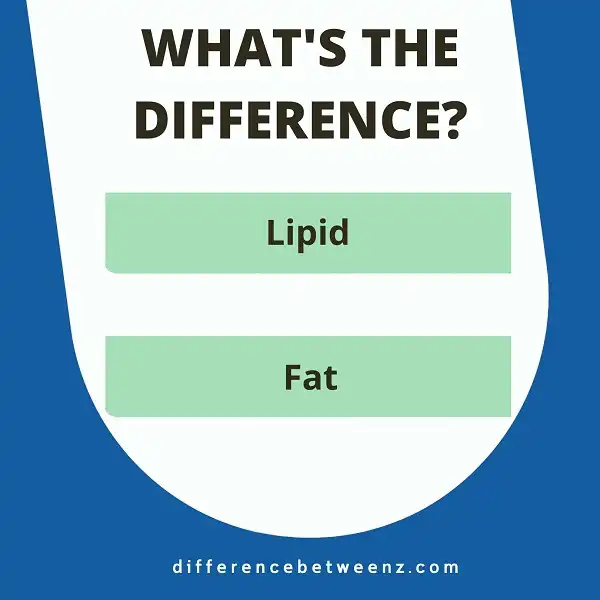Both lipids and fats are important nutrients for the body, but they are not the same. Lipids are a type of molecule that is found in all cells in the body. Fats, on the other hand, are a specific type of lipid that is used to store energy. Lipids have many different functions in the body, including supporting cell structure, transporting nutrients, and producing hormones. Understanding the difference between lipids and fats is important for making healthy dietary choices.
What is Lipid?
Lipids are a group of organic molecules that are insoluble in water. They include fats, oils, waxes, and certain steroids. Lipids are an important part of cell membranes, and they can also be used as a source of energy. Lipids can be divided into two main groups: saturated and unsaturated. Saturated fats are solid at room temperature, while unsaturated fats are liquid. Unsaturated fats can be further divided into monounsaturated and polyunsaturated fats. Monounsaturated fats are found in olive oil, while polyunsaturated fats are found in sunflower oil. Lipids are essential to the human body, and they play an important role in many biological processes.
What is Fat?
Fat is one of the three main macronutrients, along with carbohydrates and protein. Fat is essential for numerous bodily functions, including the absorption of certain vitamins and minerals, insulation, and the production of hormones. While fat is an important part of a healthy diet, it’s important to eat the right kind of fat. Saturated fats, for example, can raise cholesterol levels and increase the risk of heart disease, while unsaturated fats can help to lower cholesterol levels and reduce the risk of heart disease.
Fatty acids are classified as either saturated or unsaturated based on their chemical structure. Saturated fats are typically found in animal products, while unsaturated fats are found in plant-based foods. Fatty acids can also be further classified as either monounsaturated or polyunsaturated based on their chemical structure. Monounsaturated fats are found in olive oil, avocados, and nuts, while polyunsaturated fats are found in fish, soybean oil, and corn oil.
Difference between Lipids and Fats
Lipids and fats are both essential nutrients that perform a variety of functions in the body. Lipids are a type of molecule that contains hydrocarbons, while fats are a type of lipid that is composed mostly of triglycerides. Lipids play a role in cell membrane structure, energy storage, and hormone production, while fats are the main source of fuel for the body.
Both lipids and fats are required for healthy body function, but there are some key differences between the two. Lipids are insoluble in water, while fats are soluble. Lipids can be found in both plants and animals, while fats are found only in animals. Lipids can be either saturated or unsaturated, while fats are always saturated. Lastly, lipids are essential to the body, while fats are not essential but still provide health benefits.
Conclusion
Lipids and fats are both essential for human health, but they have different functions in the body. Fats play a role in energy storage, insulation, and cell signaling, while lipids are involved in hormone production and cell communication. Understanding the difference between lipids and fats is important for making healthy dietary choices.


